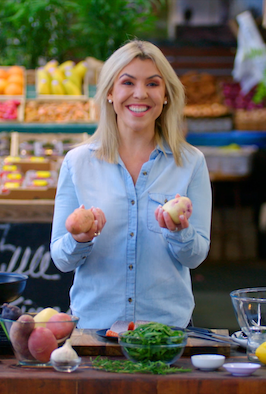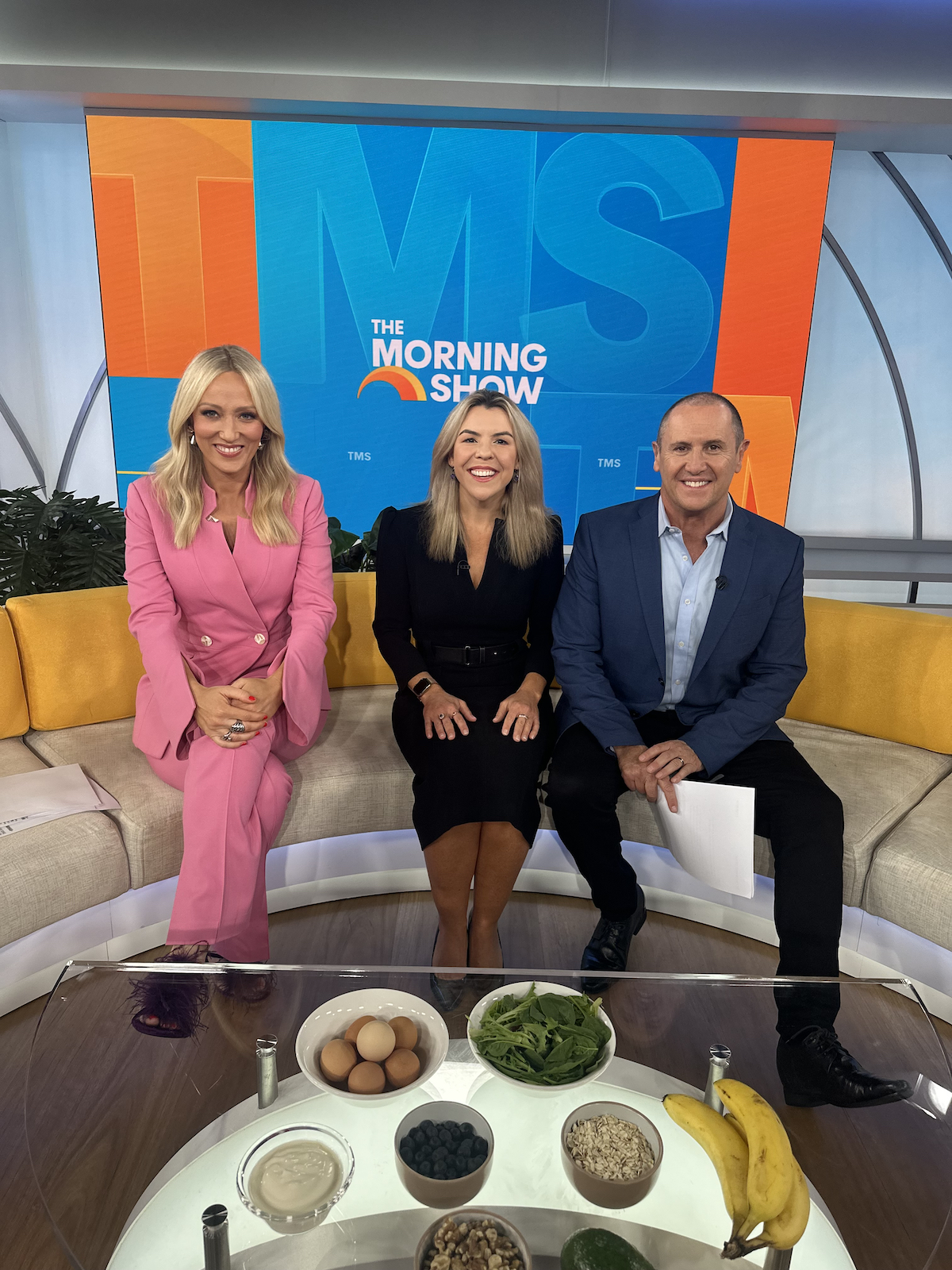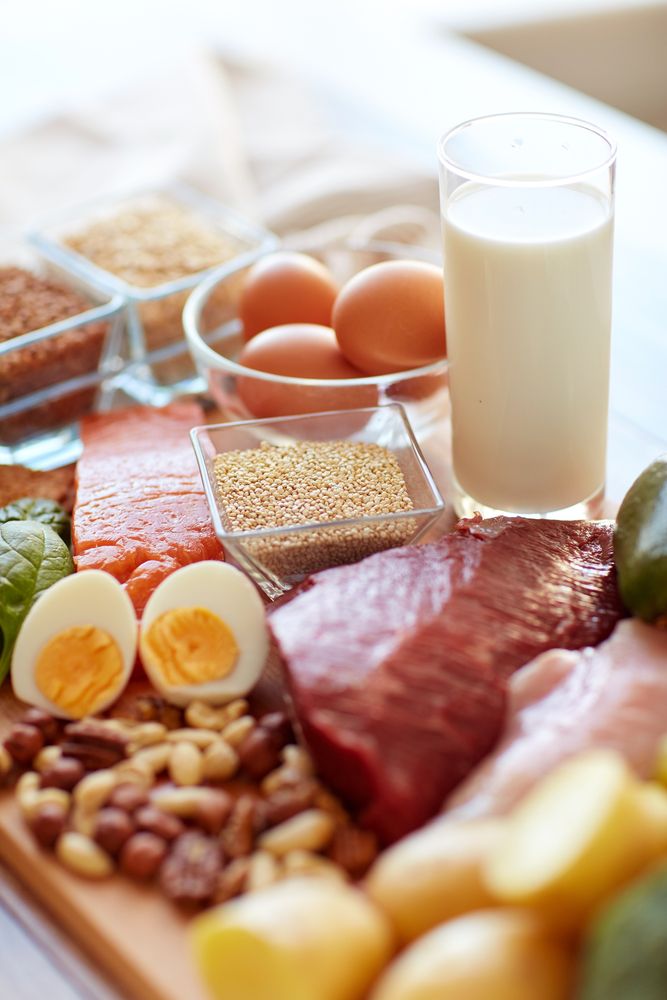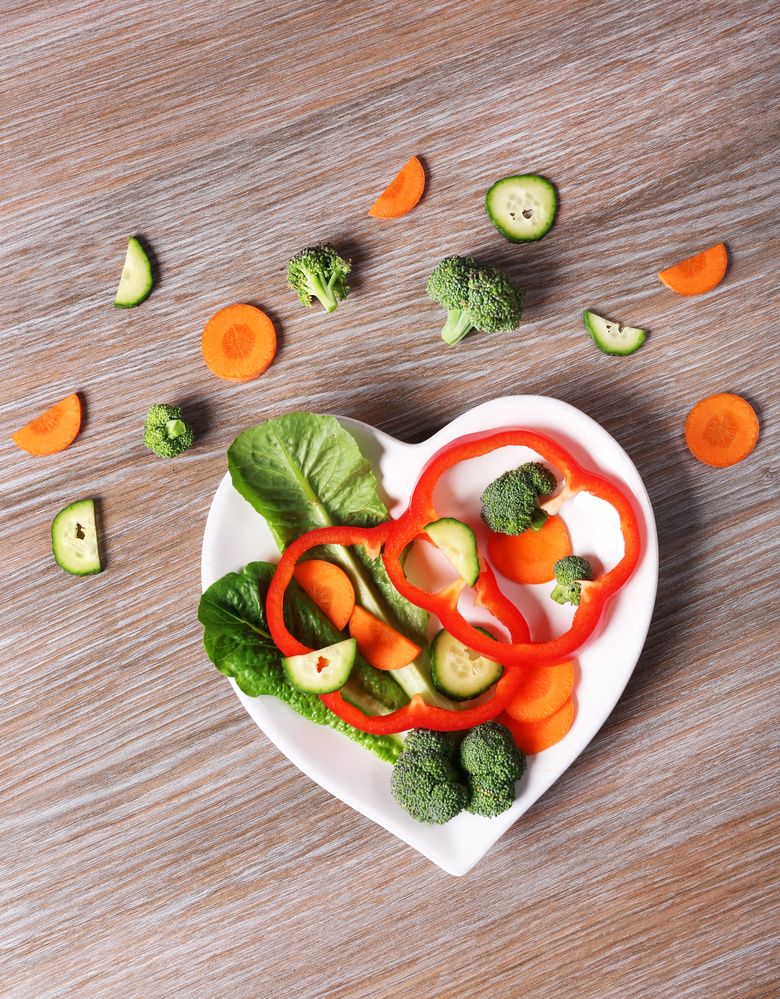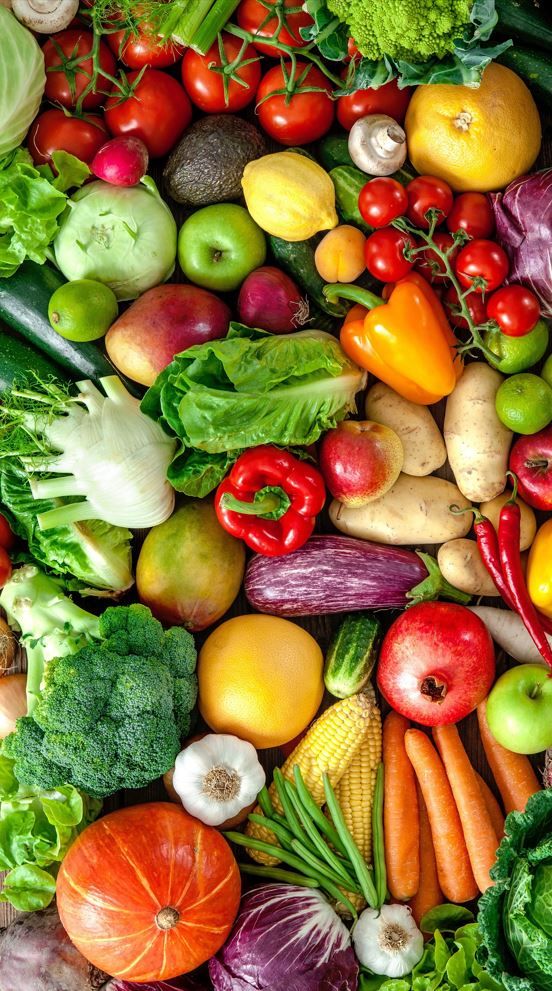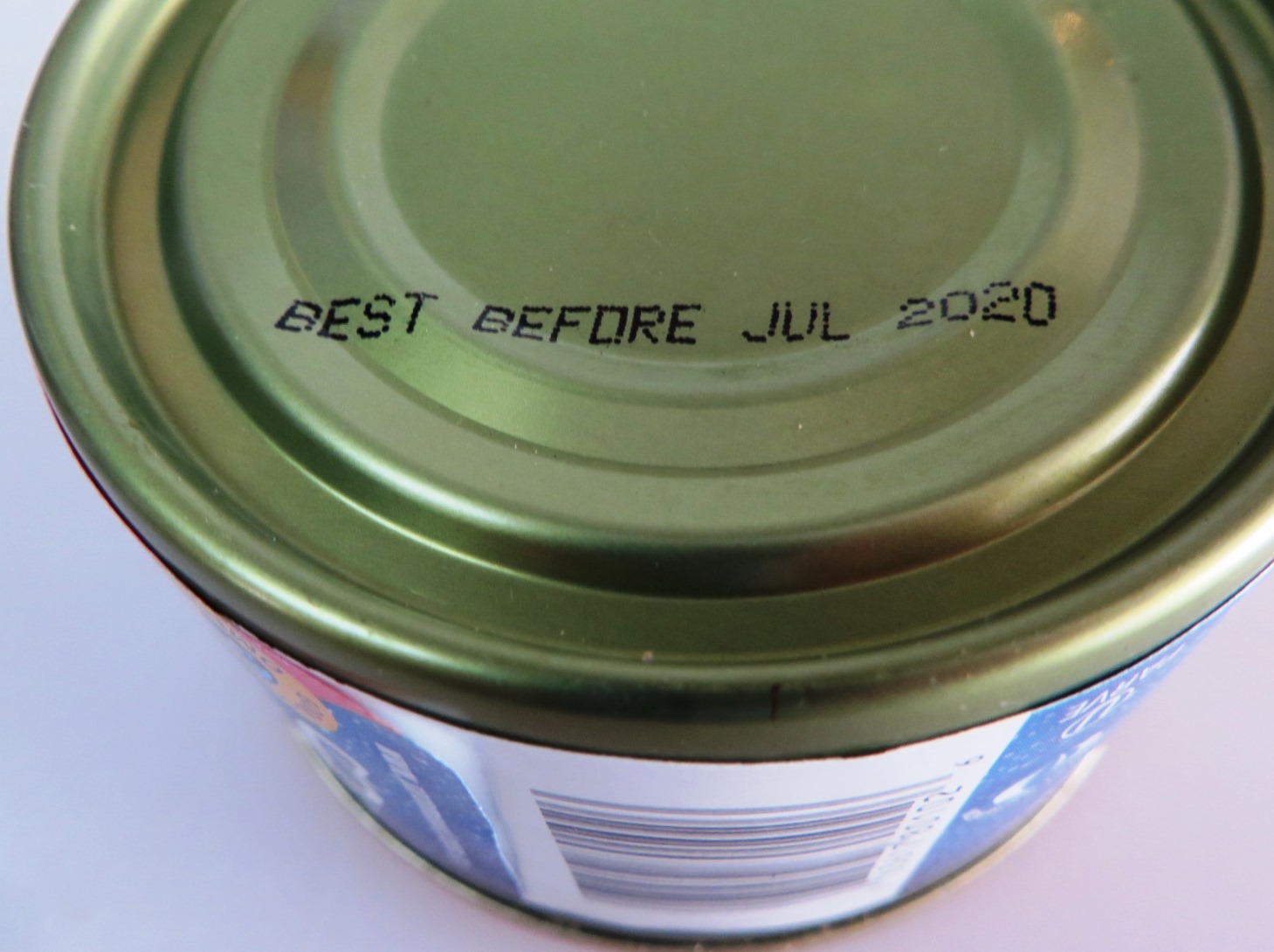10 things that MUST be on a food label
Written by Catherine Saxelby
on Wednesday, 14 February 2018.
Tagged: additives, eBook, food labels, guides, healthy eating, label

Here’s a taste of what’s in my eBook Cracking the Code – The Handy Foodwatch Guide to Food Labels. This short extract is designed to give you an idea of what is covered in more detail.
A food label carries useful information about a product but only if you know what you’re looking for. Food labels are handy as they:
- Help protect public health and safety by displaying information and warning statements.
- Tell you if the food contains an additive or allergen that you want to avoid.
- Allow you to compare similar products and choose the one that suits your needs.
- Advise when to use it by, how to store and prepare it, what it is made of, its size and weight, and the manufacturer’s contacts.
A food label carries useful information about a product but only if you know what you’re looking for.
The 10 things that MUST be on every label
Here is the compulsory info that is required by law on every food pack in Australia and New Zealand:
- Description or technical name of the food or drink (not the brand)
- Net weight or volume – amount of food or drink without the weight of the packaging
- Date mark
- Ingredient List, including additives
- Nutrition information panel
- Allergy warning or Allergen declaration
- Name and address of manufacturer, distributor or importer
- Country of origin (Australia only)
- Storage Instructions e.g. keep refrigerated at 4°C
- Lot or batch number.
The 10 things in detail
1. Name and description of the product
If the name of the food doesn’t make it obvious what it actually is, there must be a description which is meaningful enough to portray the true nature of the food. For example:
- You may recognise the brand when you spot a tetra pack of Up and Go, but its true technical name is “Formulated Milk Drink”.
- A jar with 100% strawberry looks and functions like jam. Technically though it’s a “Fruit Spread” as it doesn’t have the sugar content to be classified as a jam.
2. Net weight
This is the actual weight or volume of the food without the extra weight of any packaging. For canned foods, it includes any liquid – it is not the drained weight.
3. Date mark
This tells you the time of best eating by means of a ‘Use-By’ or a ‘Best-Before’ date.
Use-By dates are generally found on perishables and short-shelf life foods such as fresh meat packed at the supermarket, chilled fish, milk and yoghurt. Products should be eaten or thrown away by the use-by date as after that date the food is not safe to eat, even though you may not see any signs of spoilage like mould or an off-smell.
Best-Before dates apply to most cereals, biscuits, snack foods, flour, eggs, canned and frozen foods and other long shelf-life foods. It tells you the time of best eating quality. The food is not spoiled immediately after the date and can be sold if stored properly and in good condition, but its quality has begun to decline.
4. Ingredient list
All ingredients must be stated in descending order by ingoing weight from most to least. The ingredient in the highest proportion is listed first, followed by the second, the third, and so on.
Additives are included here by their functional name, say PRESERVATIVE, followed by either their chemical name, say (SODIUM METABISULPHITE), or by their code number (223).
Small packs don’t have to carry ingredient lists e.g. individual confectionery items, sauces and condiments, sugars and sweeteners.
5. Nutrition information panel
This shows the energy in kilojoules (calories), protein, fat (total and saturated), carbohydrate (total and sugars) and sodium in an average serve and in 100 grams of the food. Some foods also show fibre, potassium, monounsaturated fat, polyunsaturated fat and trans fat depending on whether they make a claim about these.
6. Allergy warning
For allergy sufferers, the presence of fish, shellfish, eggs, milk, peanut, tree nuts, sesame, wheat, soy and lupin must be declared. It is usually in or near the list of ingredients e.g. ‘Contains egg’. Sometimes the allergens are shown in bold in the Ingredient List e.g.‘ ... milk solids ...'.
7. Name and address
The name and street address of the manufacturer, packer, distributor or importer must be clearly identified for consumers (not a P.O. box).
8. Country of origin
This identifies the country or countries in which the food was grown, made or processed. In Australia, if the food is made from imported ingredients or from local plus imported ingredients, this must be listed. New Zealand does not require country of origin labelling.
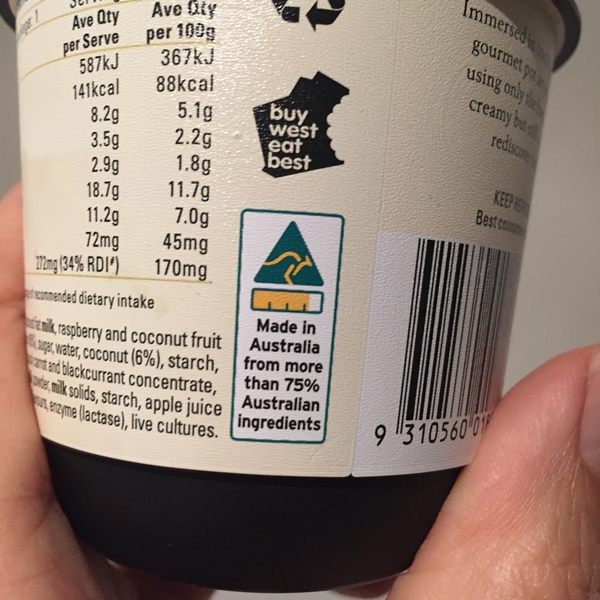
If you like to buy Australian products, here’s what you need to know:
GROWN IN AUSTRALIA
This label is for foods which are 100% Australian grown e.g. lettuces, oranges.
PRODUCED IN AUSTRALIA
This label tells you that 100% of the ingredients and all major processing was performed in Australia e.g. cheese, yoghurt, cereals, breads.
MADE IN AUSTRALIA
This label is a little different in that it tells you that all major processing happened in Australia and it also tells you the percentage of Australian ingredients in the final product. Any imported products where only some minor processing such as slicing or canning has been done in Australia cannot use this label.
PACKED IN AUSTRALIA
This tells you that the produce (usually) has been packed in Australia but may have been grown elsewhere.
9. Storage instructions
For best quality and safe eating, follow all instructions e.g. for example, keep chilled at 4◦C or less before opening OR Refrigerate after opening.
10. Lot or batch number
There needs to be a lot or batch number (or the date if there’s only one batch made a day) so a product can be recalled in the event of a problem or accidental error.
The bottom line
These 10 things are required on almost all packed food items with a few exceptions such as a small packet or food prepared in front of you to your order. These things come from the Food Code which is set by Food Standards Australia and New Zealand. You can read all the detail here.
Reviews
-
Read more
Product review: Low-sugar alcoholic ginger beer
1 March 2023 by, Catherine Saxelby
Want something to drink before dinner? Something that’s LOWER in alcohol than wine? To match his beer? Then look no further than Bundaberg’s low-sugar alcoholic ginger beer.
You can drink Bundaberg low-sugar ginger beer straight from the can, or pour it into a long glass over ice with a slice of lime.
-
Product snapshot: Berkelo’s Khorasan Macaroni
14 September 2022 by, Catherine Saxelby
I’m loving this macaroni from Berkelo. I was sent a sample for Whole Grain Week 2022 by the Grains Legume Nutrition Council. I cooked it up and found that it was just divine! Read on for more …
-
Product review: Super high-oleic safflower oil
11 May 2022 by, Catherine Saxelby
“What does super high-oleic mean?” I hear you ask. Also, “I haven’t heard of safflower for ages. What’s the deal?” Read on and all will be explained.
-
Product review: Healthy Life Food Tracker
6 April 2022 by, Catherine Saxelby
When I was first asked to write this review, I thought, Not another tracker.
After all, there have been several in recent years, such as My Fitness Pal and Everyday Diet Diary. But this one is different. It works by using your Everyday Rewards card AND your shop at Woolworths.
-
20 October 2021 by, Catherine Saxelby
With home delivery on the rise, this post is reviewing none other than that stalwart Lite n’ Easy. We all know their meals are good for weight loss (which we all need after COVID-19!), but did you know they’re also good for general health and wellbeing ? Eating well to nourish yourself – putting your mental health and wellbeing at the forefront – is gaining momentum. Lite n’ Easy meals also ensures you satisfy your need for vitamins, minerals, fibre and phyto-compounds, such as sterols and carotenoids.
 This post has been sponsored by Lite n' Easy.
This post has been sponsored by Lite n' Easy. -
Product review: Birds Eye Plant Based range
15 September 2021 by, Catherine Saxelby
When you think of Birds Eye, their frozen peas and fish fingers probably come to mind. But I bet you’d never think of plant-based products!
 This post has been sponsored by Birds Eye.
This post has been sponsored by Birds Eye. -
Product Snapshot: Olina’s Snackers Crackers
2 June 2021 by, Catherine Saxelby
We sampled Olina’s latest offering in the seeded cracker range – called Olina’s Bakehouse Seriously Seedy Snackers (which is a great name BTW). They come in four flavours: Barbecue, Chilli & Lime, Beetroot & Sour Cream, and Balsamic Vinegar & Caramelised Onion. Take a look at our verdict.
Healthy Weight Loss
-
Read more
Intermittent fasting vs daily calorie restriction
3 May 2023 by, Catherine Saxelby
As you probably know already, intermittent fasting (IF) has gained favour as an alternative regimen to daily caloric restriction (DCR). Fasting is shown to extend the lifespan of rats, and has been associated with metabolic benefits in humans, yet the results so far have been inconsistent. So, which regimen is best for healthy weight loss?
-
15 March 2023 by, Catherine Saxelby
What sort of a diet should you follow to lose that excess weight? These days, it’s pretty confusing with high-protein Keto advocates clashing with plant-protein followers … as well as intermittent fasters, juice-only dieters, no-carb dieters and no-animal (aka plant-based) dieters. Plus all the ads for anti-hunger supplements, meal-replacement shakes and home-delivered meals, more of which somehow appear every day. So, what sort of diet should YOU follow to lose that excess?
-
Protein shakes for weight loss
9 November 2022 by, Catherine Saxelby
These days, protein shakes aren’t bought by just body builders – they’re so popular that you can readily buy a 400 g tub at your local supermarket or service station. And with tempting claims such as ‘Facilitates muscle toning’, ‘Contains transformation-making protein’ and ‘Tastes incredible, mixes easily’, why wouldn’t you grab one? But protein shakes aren’t the magic answer to all your weight-loss woes. Let’s take a look at what you get for your money.
Guest post by dietitian Zoe Wilson APD
-
20 January 2021 by, Catherine Saxelby
Many of us have cravings from time to time and for different reasons. One thing is certain, they can sabotage all your best efforts at a healthy diet and/or weight loss. The good news? You CAN beat them. I’ll tell you how.
-
How to lose weight WITHOUT going on a diet
14 October 2020 by, Catherine Saxelby
The word 'diet' is a turn-off for most people. It sounds hard, unpleasant and unpalatable. Losing weight doesn’t have to be hard AND it doesn’t have mean sticking to a 'diet'. You can forget Paleo, Keto, Vegan and Raw, Gluten-free and Intermittent Fasting. To lose weight, you don’t have to follow any specific diet. What you need is simple, healthy, nutritious food and a few tips and tricks.
-
What IS a healthy balanced diet for weight loss?
16 September 2020 by, Catherine Saxelby
Healthy weight loss happens when you lose weight slowly and steadily (around 1 kg or 2 pounds weight loss a week). Your goal is to lose weight while still getting your essential nutrients but from smaller portions. You certainly don’t want to be tired with no energy! That’s why you need regular healthy meals and snacks on hand to ensure your vitamins, minerals, omega-3s and fibre needs can be easily met. There is a new range of healthy weight loss meals available and it’s one that I’d like to recommend. With these ready meals, you’ll say goodbye to meal planning, shopping, meal preparation and cooking.
This post is sponsored by Chefgood
-
Kitchen make-over for the New Year
8 January 2020 by, Catherine Saxelby
“This year, I'm going to lose weight!”, or “This year I’m opting for a healthier lifestyle!” Is your 2020 New Year's resolution something like one of these? If so, how is it going to happen?
Most popular
-
Read more
Q. What's the difference between Diet Coke and Coke Zero?
12 September 2013 by, Catherine Saxelby
A. At first glance, Diet Coke and Coke Zero appear to be identical. Both contain no kilojoules (Calories) and no sugar. Both are artificially sweetened with (the same amount) of aspartame and acesulfame K and therefore have the same ‘sweetness’.
-
How to convert sodium to salt (and salt to sodium)
6 August 2010 by, Catherine Saxelby
As a nutritionist, my aim is to help busy women eat healthily. One of the ways to do this is to follow the general nutrition advice to reduce the salt in your diet. So, how can you do this when what you’ll see on a food label and on any recommended daily intakes is sodium?
-
7 types of sugar - which is healthier?
11 December 2013 by, Catherine Saxelby
Last week on the radio, the announcer asked me if there was a 'good' sugar – one that would satisfy her sweet tooth but that was 'healthier' than regular white sugar. She figured if there were 'good' carbs and 'bad' carbs there must be some sugars that would get the nod of approval from nutritionists.
-
Eat to beat gastro and diarrhoea
12 October 2012 by, Catherine Saxelby
A clear fluid diet is the best form of treatment for gastro and tummy upsets. It is the "lightest" type of diet, designed to place as little strain as possible on the digestive tract. It is NOT nutritionally adequate and should be followed only for a strictly limited time e.g. two or three days but no more than a week.
-
Nutella. The full (correct) list of ingredients
12 April 2011 by, Catherine Saxelby
Have you ever tried to find the exact list of ingredients for Nutella online? The identical one that appears on its label - in descending order from the first (largest ingredient by weight) to the last ingredient, as required by law? Well, you won’t find it! Here’s the hoop-la I went through to discover exactly what the ingredients in Nutella are and why Nutella is not good for your kids.
-
Sugar - why quitting sugar guarantees you'll lose weight
6 May 2013 by, Catherine Saxelby
Sugar. It's been labelled "deadly", "addictive", "toxic", "sweet poison" and blamed for the rise in global obesity in recent years." Get rid of the white toxin from your diet and you'll free up your body to drop those excess kilos" (or so say anti-sugar campaigners Sarah Wilson, David Gillespie and Robert Lustig). Here are the three real reasons why I believe quitting sugar helps you lose weight.
-
What does 8,700 kilojoules look like?
14 August 2012 by, Catherine Saxelby
8,700 is a magic number in nutrition. It’s the number of kilojoules (kJ) that is the “average” intake for adults in Australia, if the surveys are correct.
It’s widely used as a benchmark figure and as the basis of food labels such as the Percent Daily Intake values.
Recently kilojoules have appeared on fast food menu boards and they use 8,700 as the yardstick to assess their foods against. Here's my take on it.
Recipes
-
Read more
24 May 2023 by, Catherine Saxelby
This is a kind of pavlova topped with fruit, but the base is made from ricotta, rather than egg whites and sugar.
-
22 March 2023 by, Catherine Saxelby
This is an Asian-influenced salad that’s perfect to serve as a side salad at a BBQ or with a fillet of fish.
-
14 December 2022 by, Guest Post
This banana loaf is half bread and half cake. Hence I've called it "cread" which is halfway! It’s dense and delicious without being super-sweet or oily. It can be enjoyed fresh, toasted or sliced and frozen into portions to enjoy later.
-
23 November 2022 by, Guest Post
This quick and easy dessert is ready in minutes. And there are NO leftovers to tempt you later!
-
19 October 2022 by, Catherine Saxelby
A quick and easily-made sandwich, it’s great for an easy lunch.
-
Spring Vegetable Pesto Pasta Salad
7 September 2022 by, Guest post
This super salad-in-one gives you pasta plus vegetables all together. It has a spring feel to it.
-
Squash-ed spaghetti bolognaise
3 August 2022 by, Guest post
This is an excellent make-and-freeze recipe, so weeknight meals become more manageable. I know of no better way of ‘hiding’ veggies than in a Bol sauce – somehow mince with a few veggies like pumpkin or zucchini is a match-made-in-heaven.
Foodwatch
The Good Stuff
The Boring Stuff
© 2025 Foodwatch Australia. All rights reserved
Website by Joomstore eCommerce
